Hello friends,
This month, I am sharing some of the Canadian visual artists whose works should (in my humble opinion) be better known.
On May 9, I released a post that focused on five members of the influential Group of Seven, which was committed to developing a distinctly Canadian style of painting through direct contact with nature.
With simple yet dynamic forms, vibrant colours, and tactile paint handling techniques, the Group of Seven inspired subsequent generations of Canadian artists. At the same time, the group’s movement of land-based nationalism erased Indigenous peoples from the landscape and perpetuated colonial myths about Canada that ignored Indigenous history and sovereignty.
Today, I’m sharing links and images from the remaining members of the Group of Seven.
J. E. H. MacDonald, according to the National Gallery of Canada, “responded to the Canadian landscape with a sensitivity honed by his interest in the American writers Henry David Thoreau and Walt Whitman. One of Canada's leading graphic designers and a popular art teacher, MacDonald was also a poet and calligrapher. His design work was strongly influenced by Arts and Crafts designers in England and Canada, especially William Morris.”
Shown below: A Tangled Garden.
Frederick Varley wrote “The artist's job is to unlock fetters and release spirit, to tear to pieces and recreate so forcefully that . . . the imagination of the onlooker is awakened and completes within himself the work of art.”
Shown below: Ottawa River.
A. J. Casson is best known for his use of colour and background design and for depictions of the landscapes, forests and farms of southern Ontario.
Shown below: Country Road in Autumn
Edwin Holgate “was a draftsman, portraitist, landscape and figure painter, printmaker, book illustrator, muralist, war artist, and educator. As a central figure in the development of modern art in Canada, Holgate forged his own path balancing traditional and modern stylistic approaches.” (From the National Gallery of Canada)
Shown below: October, Simon River.
Lionel LeMoine FitzGerald “worked almost exclusively in Manitoba, where he captured the essence of the prairie in his art. Although he accepted the Group of Seven’s invitation to become a member in 1932, FitzGerald was less concerned than the group was to promote issues of Canadian identity. Instead he explored his surroundings, delving deeply into the forces he felt animated and united nature in order to make ‘the picture a living thing.’” (From Art Canada Institute)
Shown below: Late Fall, Manitoba.
Before you go
Would you do me a small favour? If you enjoy reading Sift. Shift. Lift. please take a moment to like, share, or comment below. Thank you.


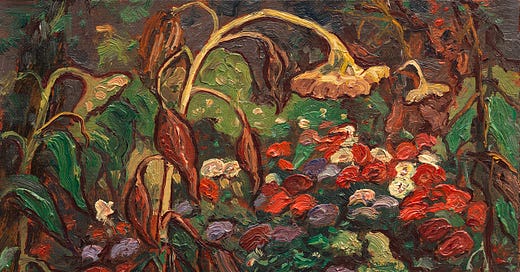



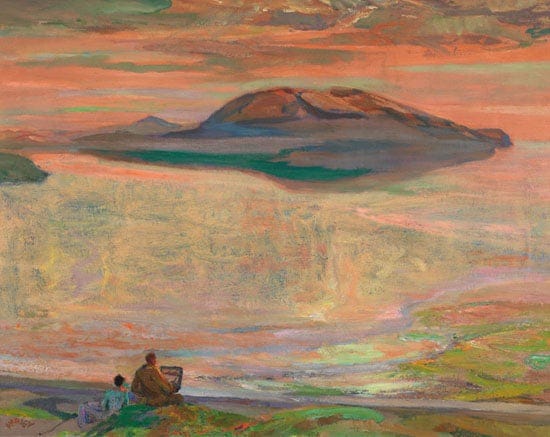
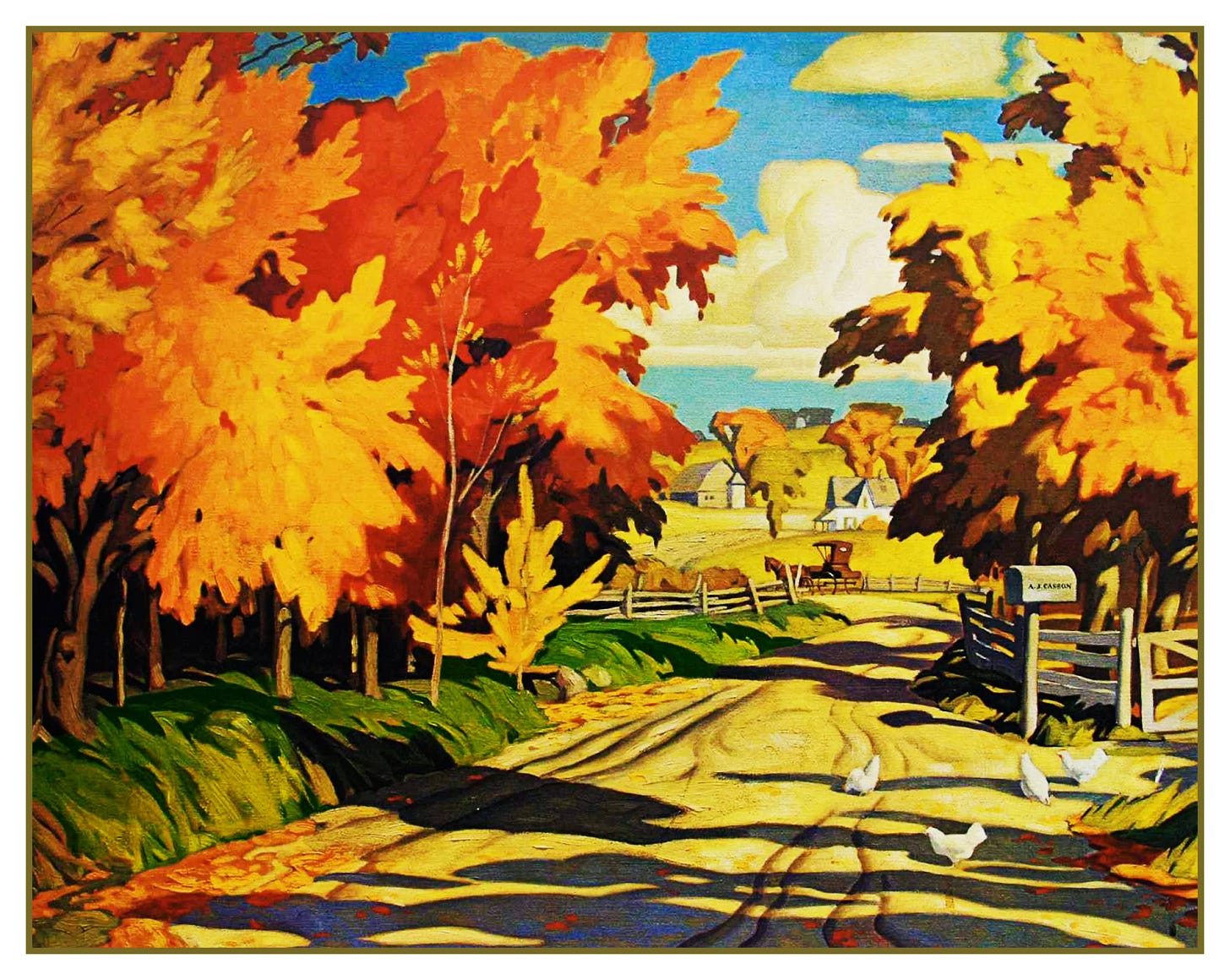
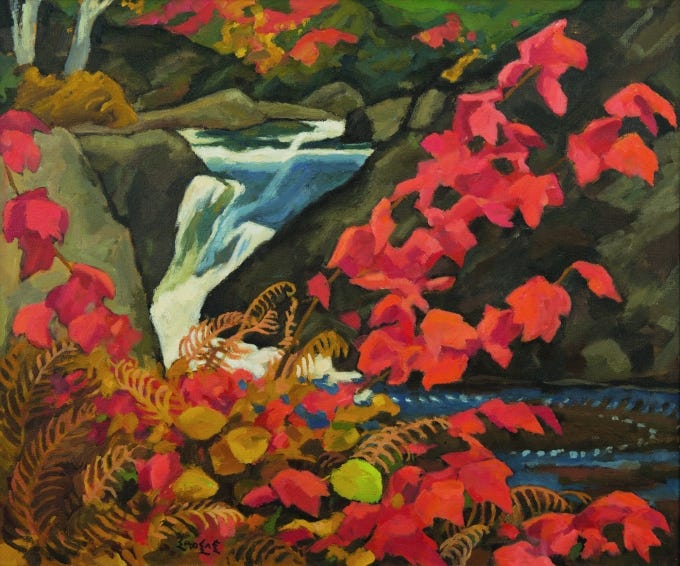
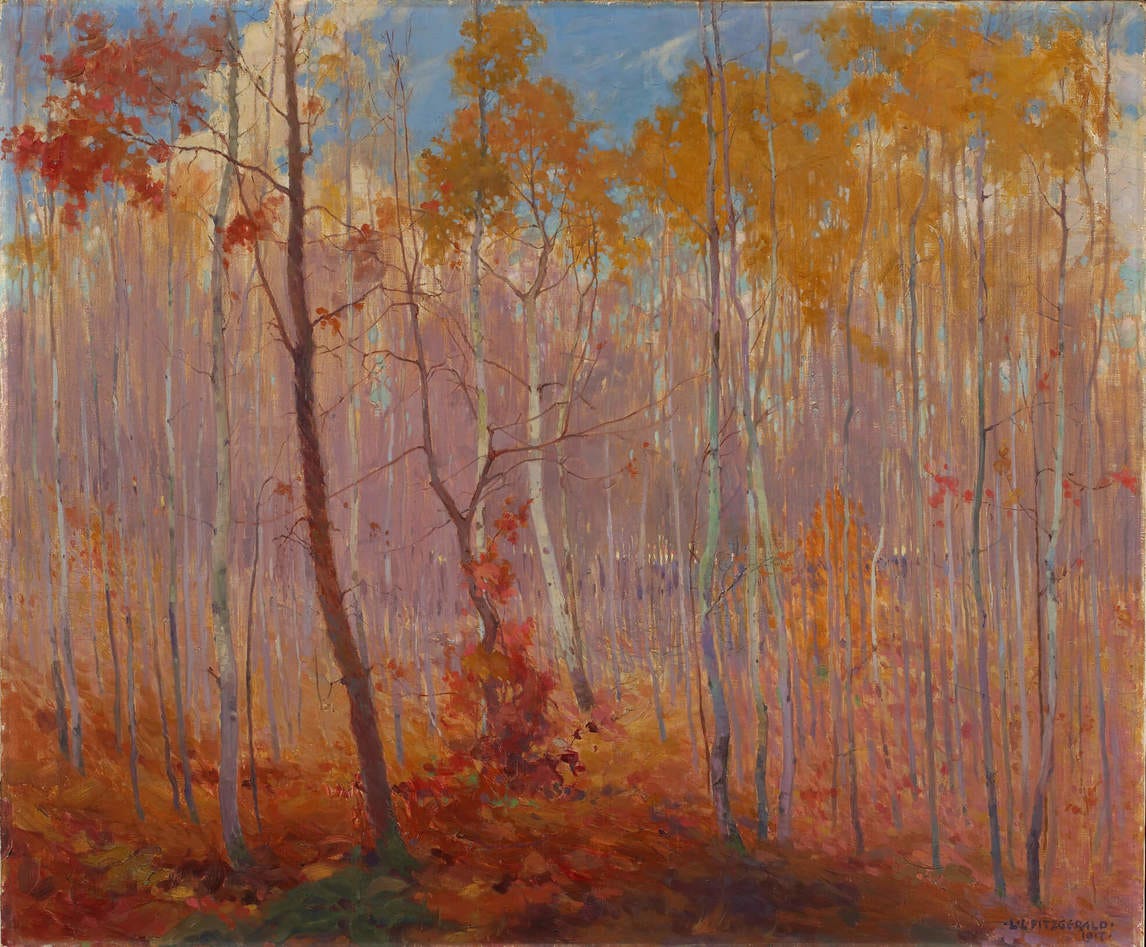
I'm a big fan of the renowned Group of Seven. The five you mentioned, I am only familiar with Casson. Thanks for sharing, I will be Noting their work for sure.